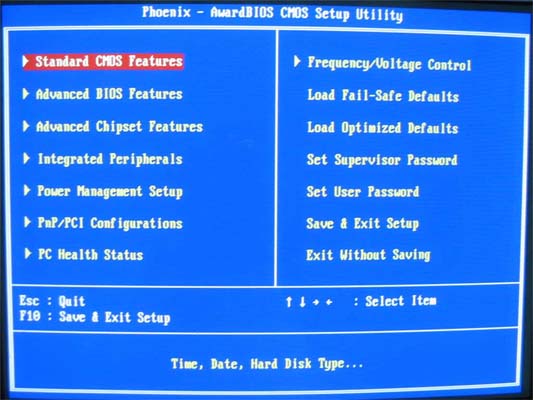Updating a computer's BIOS programme carries rewards, but also risks
 Munich - Lurking deep in the motherboard of every PC is a small programme known as the Basic Input Output System (BIOS), a vital component to the computer's ability to boot up.
Munich - Lurking deep in the motherboard of every PC is a small programme known as the Basic Input Output System (BIOS), a vital component to the computer's ability to boot up.
Before any computer can run an operating system - Windows, for example - it needs to first run BIOS. It's commonplace these days to update standard operating systems, but fairly rare to do anything of the sort with BIOS.
However, there are times when a BIOS update is needed: for example, if your computer isn't capable of recognizing hardware additions. But that upgrade comes with risks. If done incorrectly, it can wipe a motherboard.
Thus, a BIOS update should only be undertaken after careful consideration and in certain circumstances, such as when there are hardware problems or compatibility issues between a computer's energy-saving mode and a new operating system, says Christian Helmiss of PC Welt, a German computer magazine.
Gigabyte, a Germany-based motherboard manufacturer, recommends approaching any update carefully and never interrupting one once started. The update involves overwriting information fundamental to the computer's ability to start. If things go wrong, the computer may no longer be able to boot up.
That will happen if an update is interrupted and the new BIOS programme is only partially written onto the computer, says Thomas Littschwager of Chip, a German computer magazine. If that happens, a computer user needs to send the motherboard back to the manufacturer so the BIOS chip can be swapped out.
To avoid that problem, make sure a computer has a steady power supply before starting any BIOS upgrade and never shut it down while the upgrade is underway.
Another basic: pick the right version of BIOS to download. Helmiss says the exact model number is usually needed to pick out the right upgrade. That number can usually be found in the motherboard's handbook or on the hardware itself. During the boot-up process, computers usually display information about the manufacturer, the model number and the BIOS version in use.
Updates themselves are usually available from either the computer or motherboard manufacturer.
Littschwager says conducting the update using the old-fashioned DOS operating system is the only tried and true method. Using Windows, a computer user runs the risk of a setting not matching and the whole process going awry.
That said, Windows has the easiest user interface for the operation, primarily because most computer users are used to that system.
An update of BIOS can come with an antiquated version of the integrated flash programme. "But, if you use the DOS diskette or CD for an update, you can download the newest BIOS version from the manufacturer beforehand and use that," says Littschwager.
Helmiss recommends backing up a computer's memory and storing all data on external drives before a BIOS upgrade. A mistake might not lose all a computer's stored data, but could make it inaccessible. (dpa)